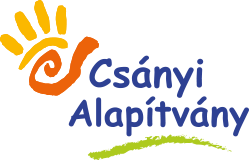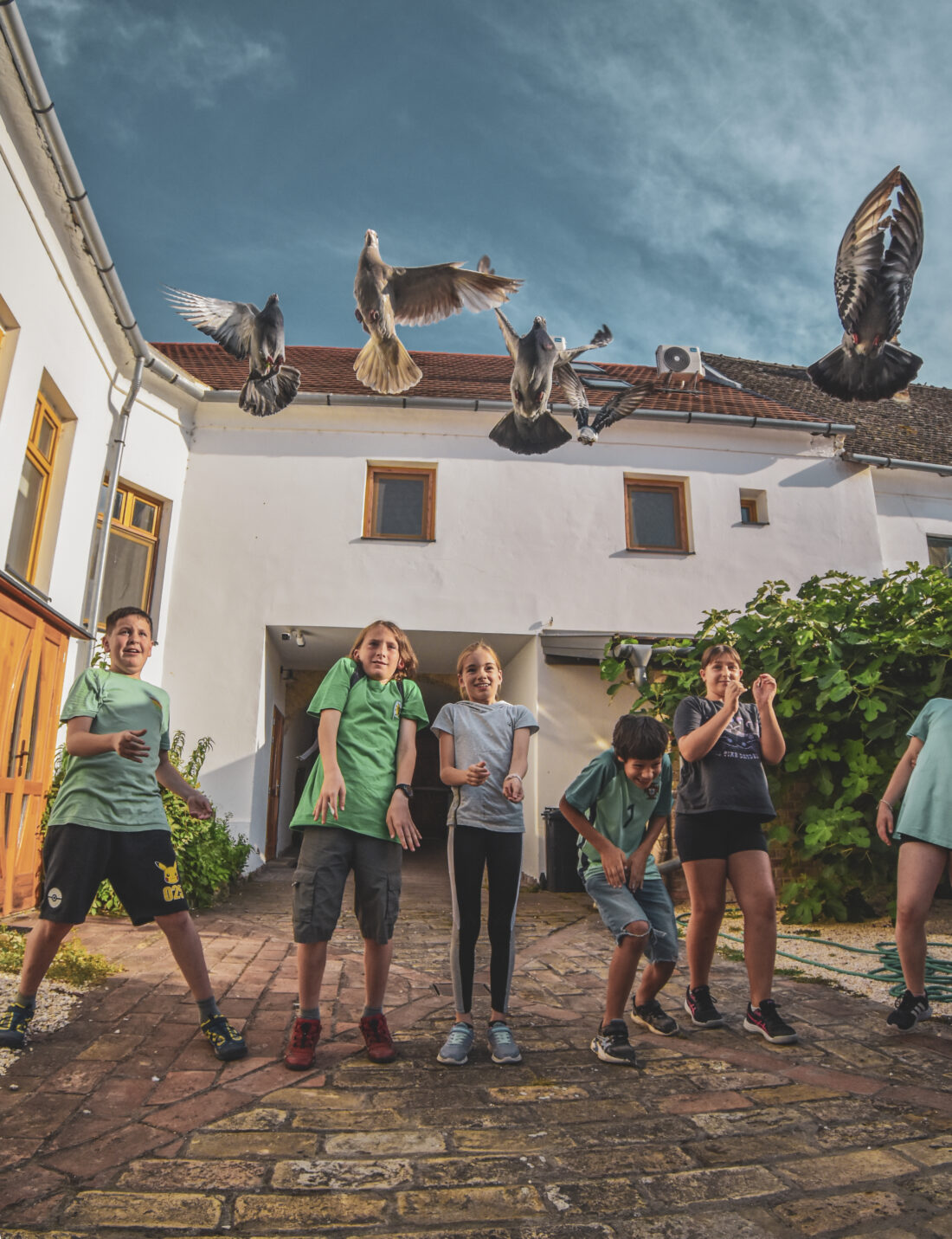
Science day project in Szeged
In the first few days of summer vacation, members of the Foundation’s Science Club participated in a large-scale project focusing on two distinct aims: the artificial propagation of goldfish and familiarizing themselves with the close connection between pigeons’ natural instincts and their use in postal services. Our Science Days Project was funded by Katalin Karikó Phd’s Széchenyi Award, which she had donated to our Foundation.
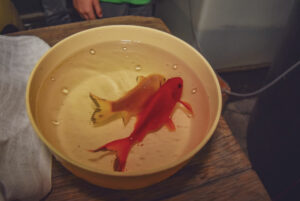
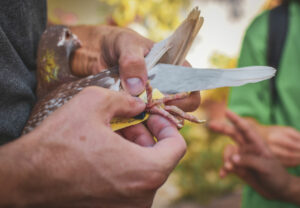
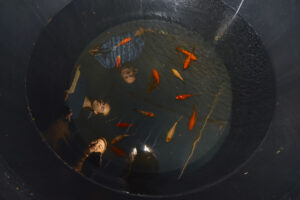
On the first day of the Science Days (Tuesday), our mentors gave interactive classes that briefly introduced the Project’s forthcoming activities.
First, our mentor, Peter, showed the Laboratory to the junior members of the Foundation, specifically the various fishes held in our aquariums. Then he presented the main steps, and the important tips and tricks of artificially propagating cultivated fish.
However, the process had begun before the presentation by selecting the most suitable female and male fish. The fish were provided by our group’s senior member, Szabolcs Turuczki, and then were transported to the propagation location, the Derekegyház Fishery with our mentor’s help. The fish spent a week there to get used to the new environment and to receive further preparatory treatments.
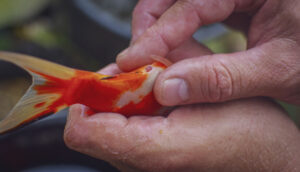
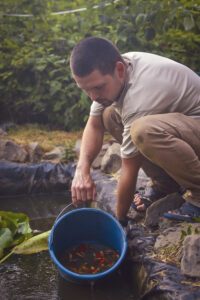
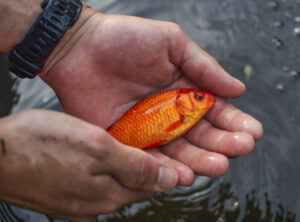
In the second part of our Science Days Project, the participants were introduced to the exact steps of propagation: injection of certain hormones obtained from the pituitary gland, hand stripping of the fish eggs, and getting the male sperms. Later that day, a few members of the group could actually observe and participate in the aforementioned processes.
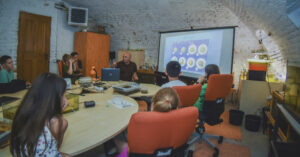
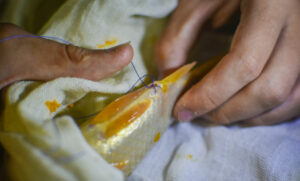
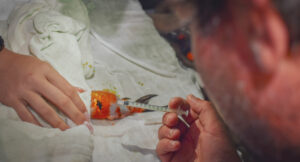
As the other main focus of our Science Days Project was on pigeons and their use in postal services, participants also gained an insight into these animals’ main characteristics and breeding. After a brief introduction of their changing roles in various scientific research from ancient times to nowadays, the children had the chance to take a closer look at (and also hold them in their hands) individuals of the most famous phyla (such as Vanbruaene, Desmet, and van Wanroy), and their major features, e.g., their physical characteristics, types of their feathers, the structure of their eyes, as well as their intelligence. This was followed by the class’ practical section, in which the children wrote their own messages on small pieces of paper, which were then attached to the legs of the birds. The pigeons were then set free – but thanks to their training and perfect orientation skills, they immediately flew back to their homes, carrying the kids’ unique messages.
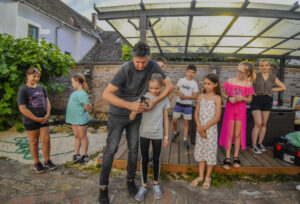
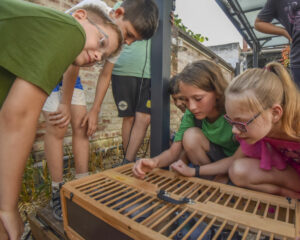
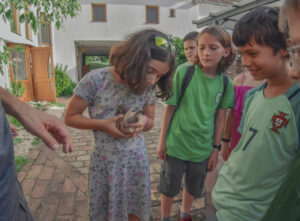
On the second day of our Project (Wednesday), our first stop was at the Derekegyház Fishery, where the children had the opportunity to gain an insight into the practical aspects of artificial propagation, which had been presented to them in theory before. We began with the hand stripping of the ripe eggs of the female fish, which was followed by their artificial fertilization with the males’ sperm. In this complicated process helped hydrobiologist Márton Héjja, yet, all the children had a specific task to do; some had to catch the fish from the large water tanks, some had to mix the ripe eggs with the sperms, while others had to hold firmly the fish and the containers to store the eggs. With this cooperation, we managed to finish the process quickly and precisely. We are planning to publish a more detailed article about the whole process of the propagation and the subsequent rearing of the fertilized eggs in next year’s scientific issue.
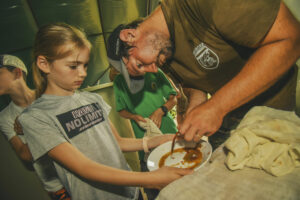
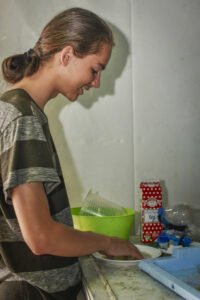
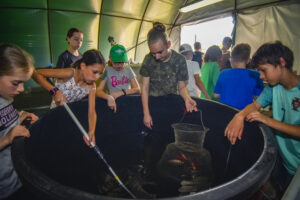
Once the breeding was finished, our mentor, Peter, showed us around at the Derekegyház Fishery. The children were introduced to the functioning of such a fishery, as well as were shown the fish larvae reared in the fishery’s unique RAS (recirculating aquaculture system). After the eventful morning, we had lunch together, next to the spectacular view of the fish farm, amidst the tranquility of nature.
In the afternoon, we drove back to the Community House, where our mentor, István, showed us the messages his pigeons had successfully delivered.
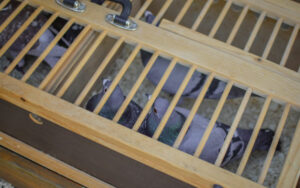
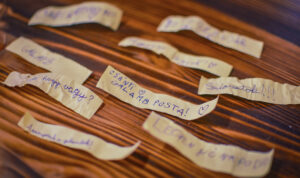
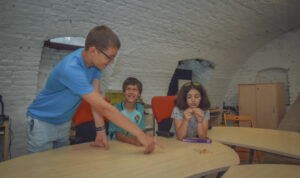
At the end of the day, we visited one of the most famous oxbow lakes near Szeged, the so-called Atka Backwater. We spent the time fishing, wildlife photography, and watching the sunset at such a panoramic view.
We would like to thank our senior groupmate Szabolcs Turuczki, and the CEOs of the Derekegyház Fishery for helping us execute the event.
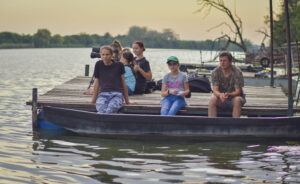
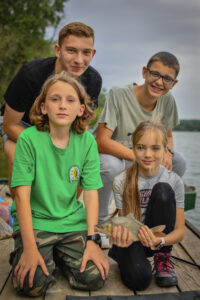
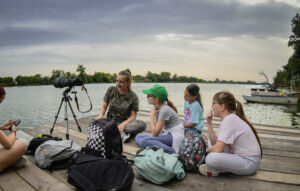
Dávid Berta Group 2 of Szeged, mentors Péter Mikics and Vidákovics István
Gallery:
